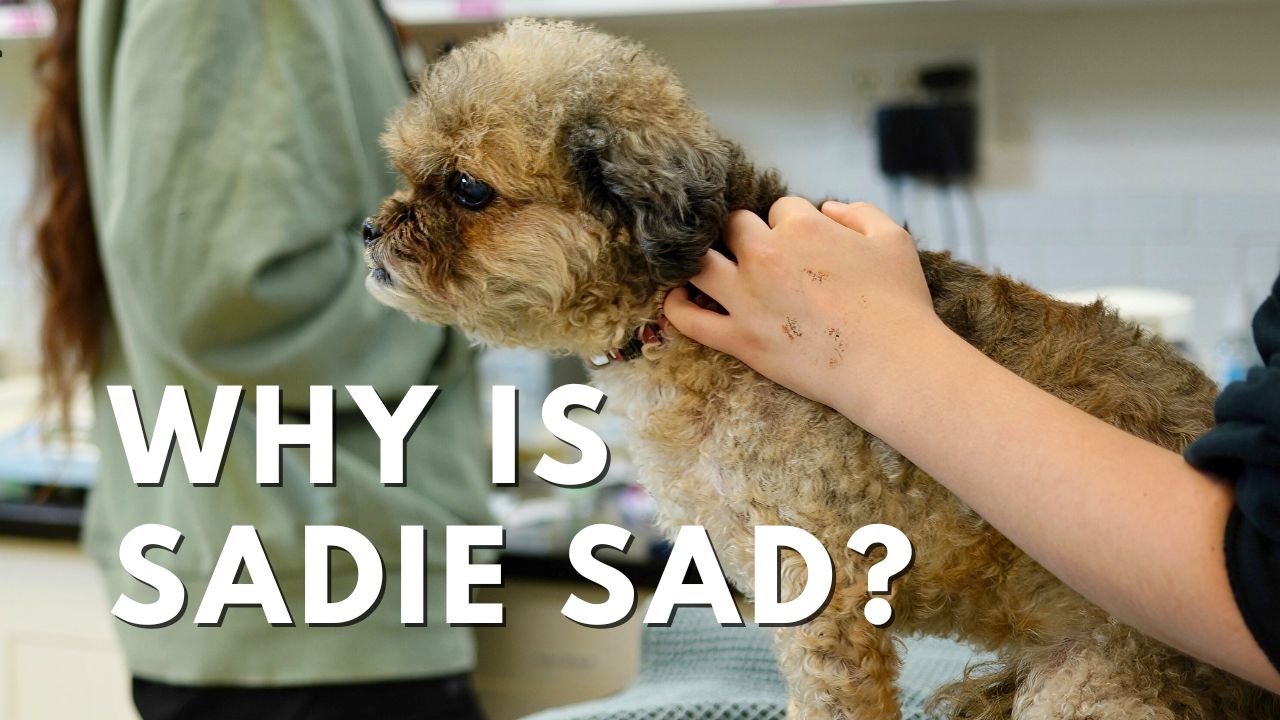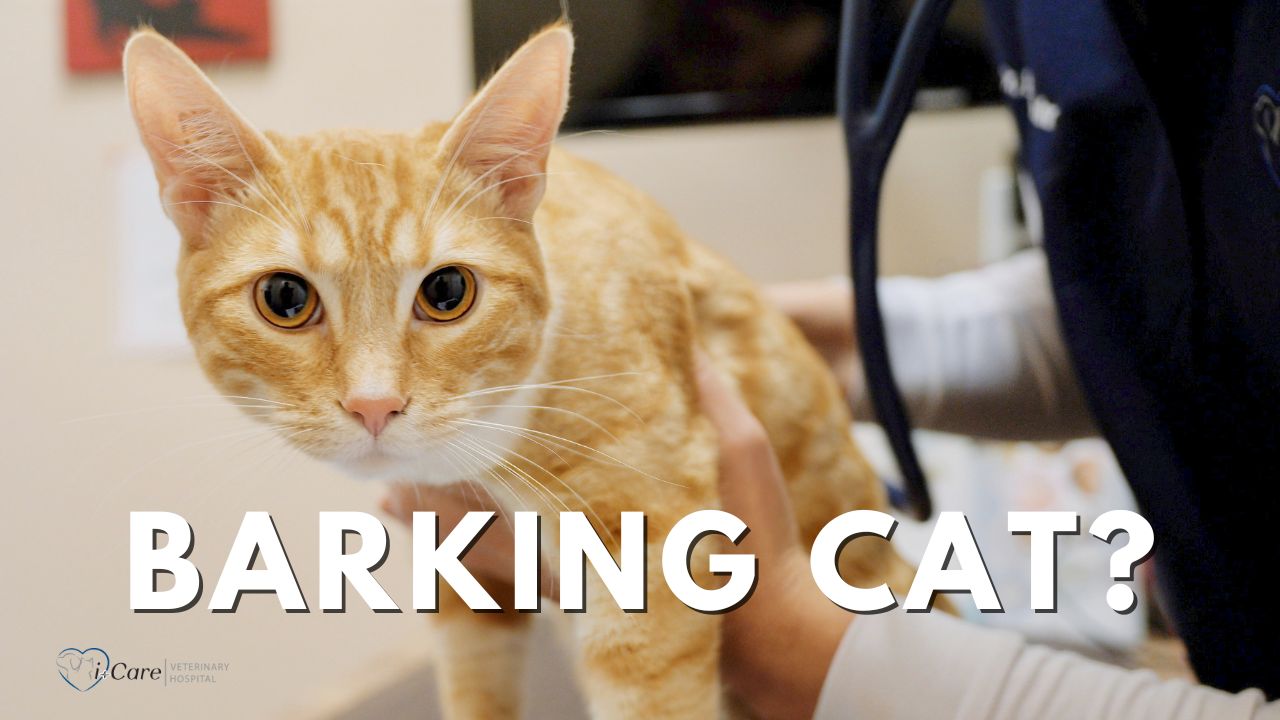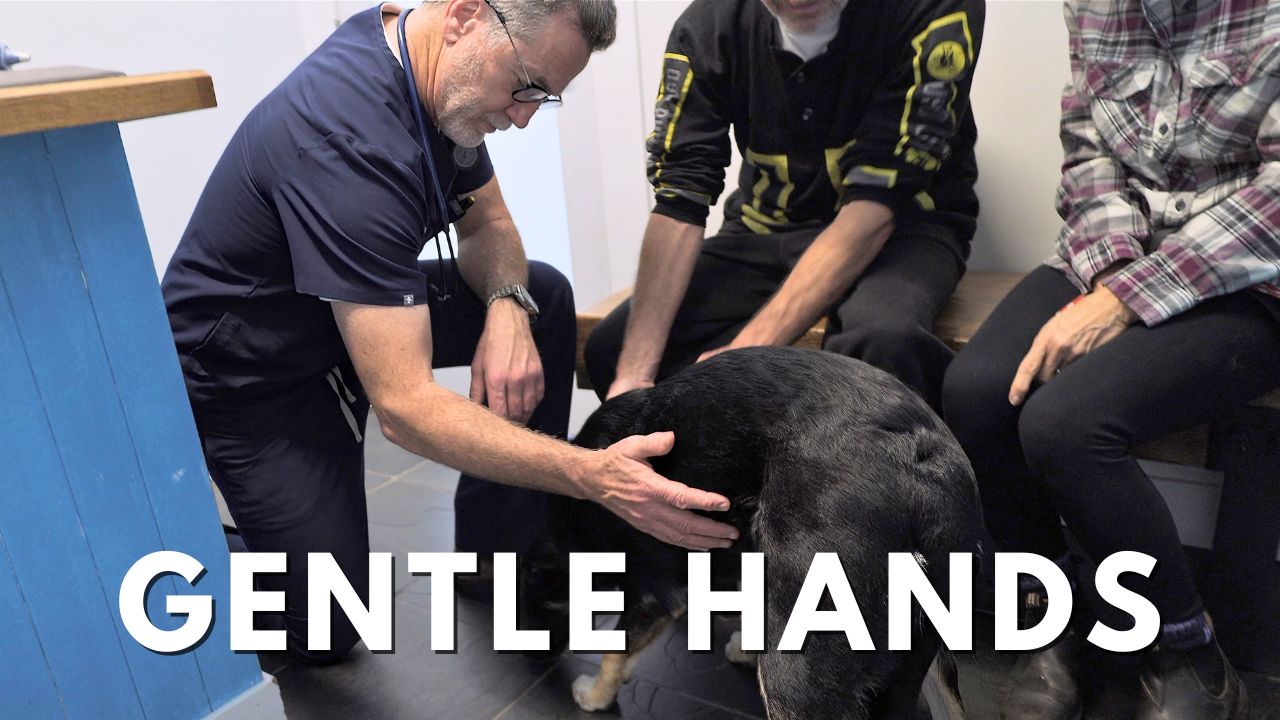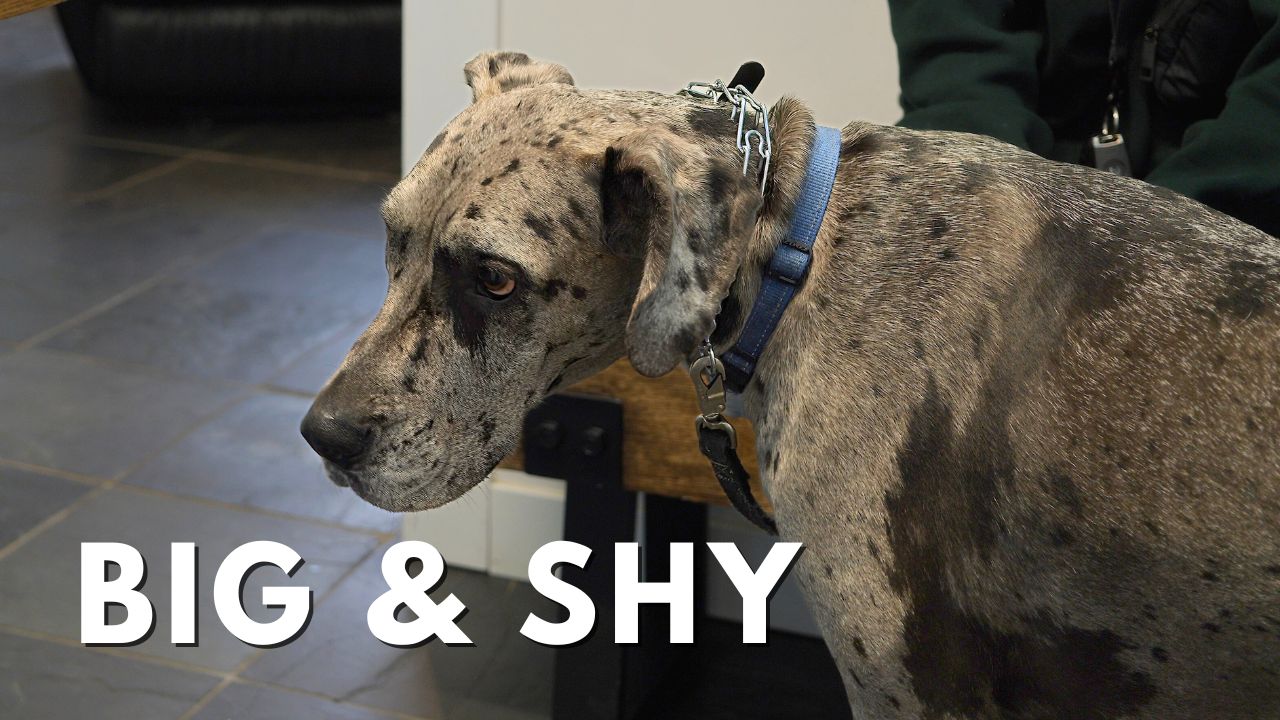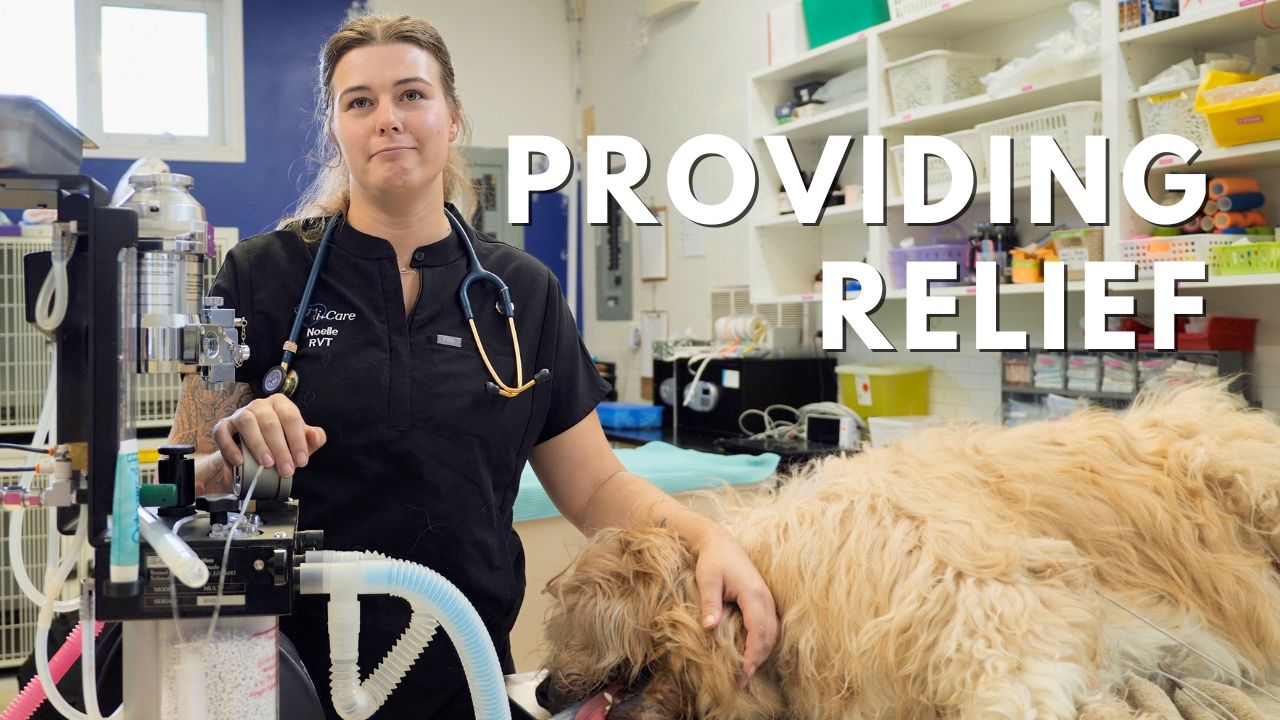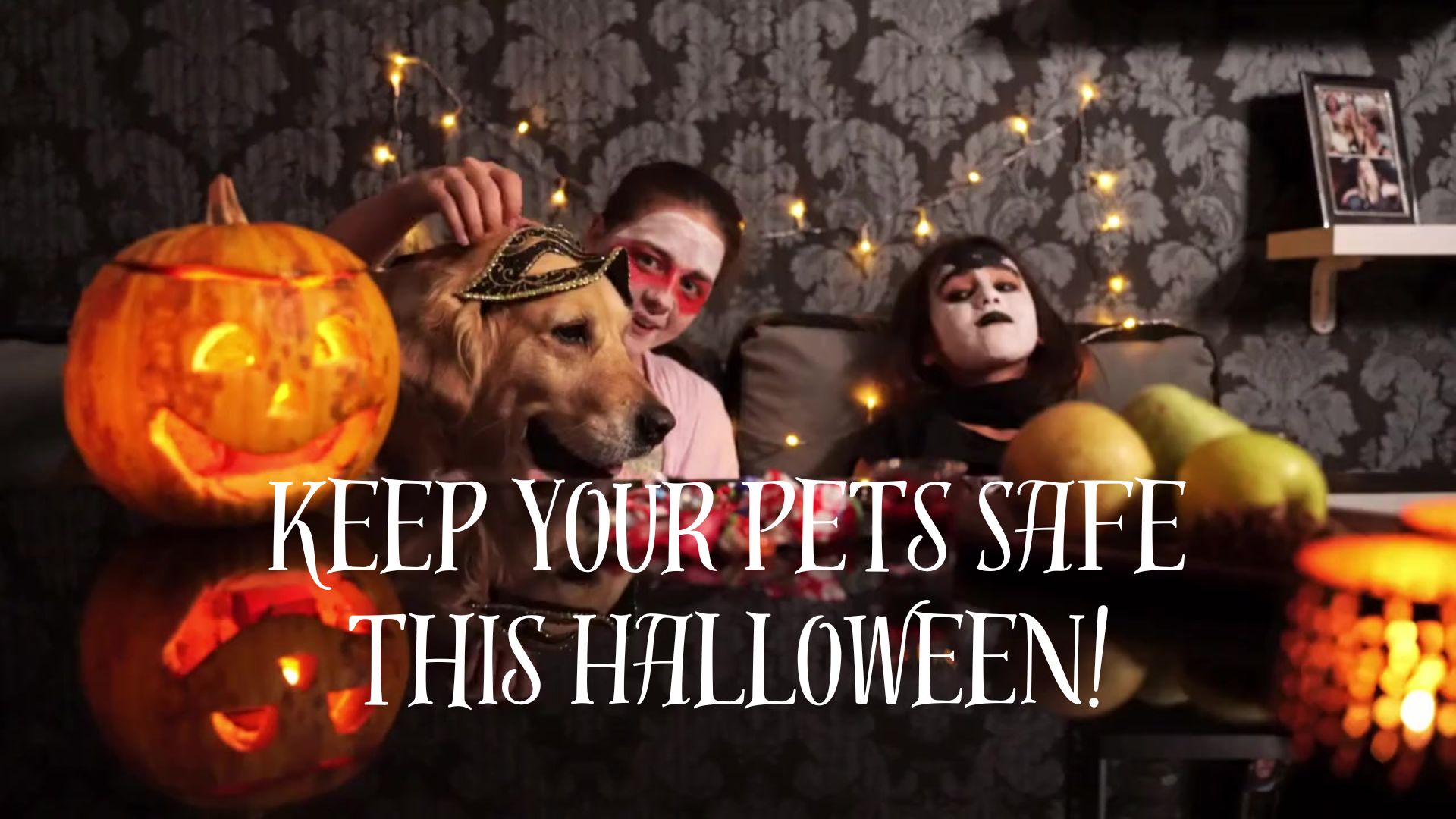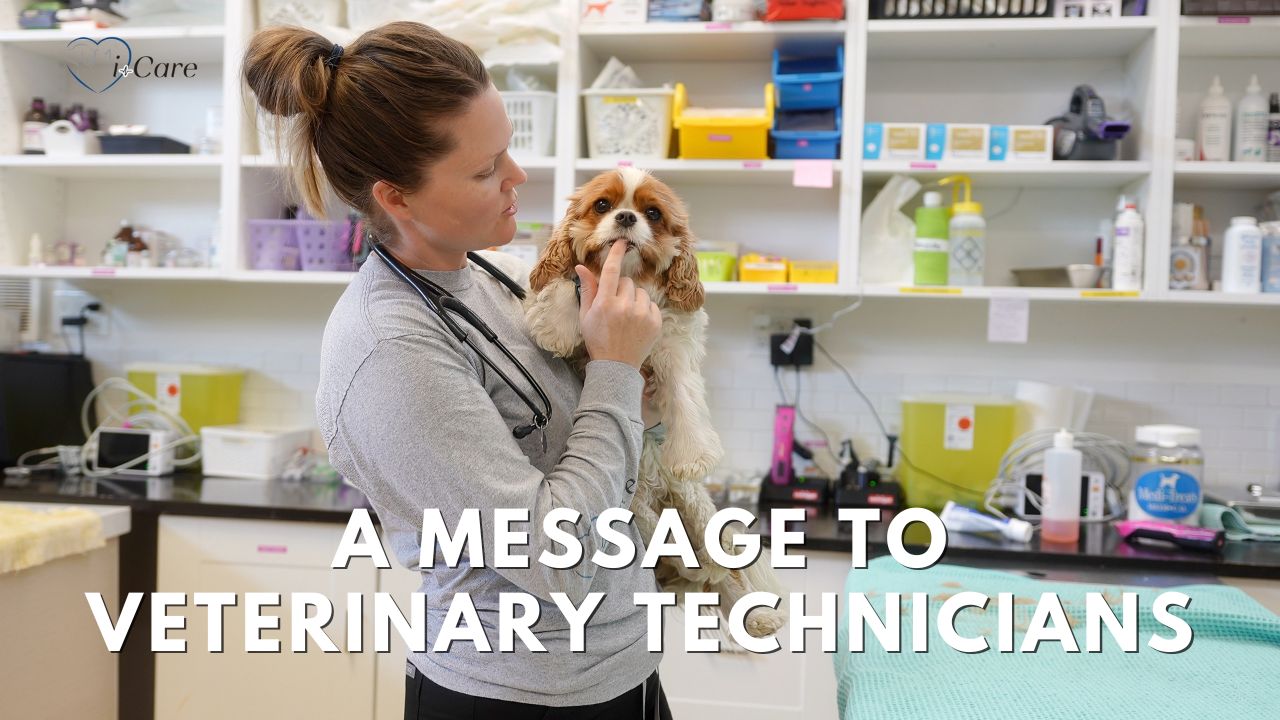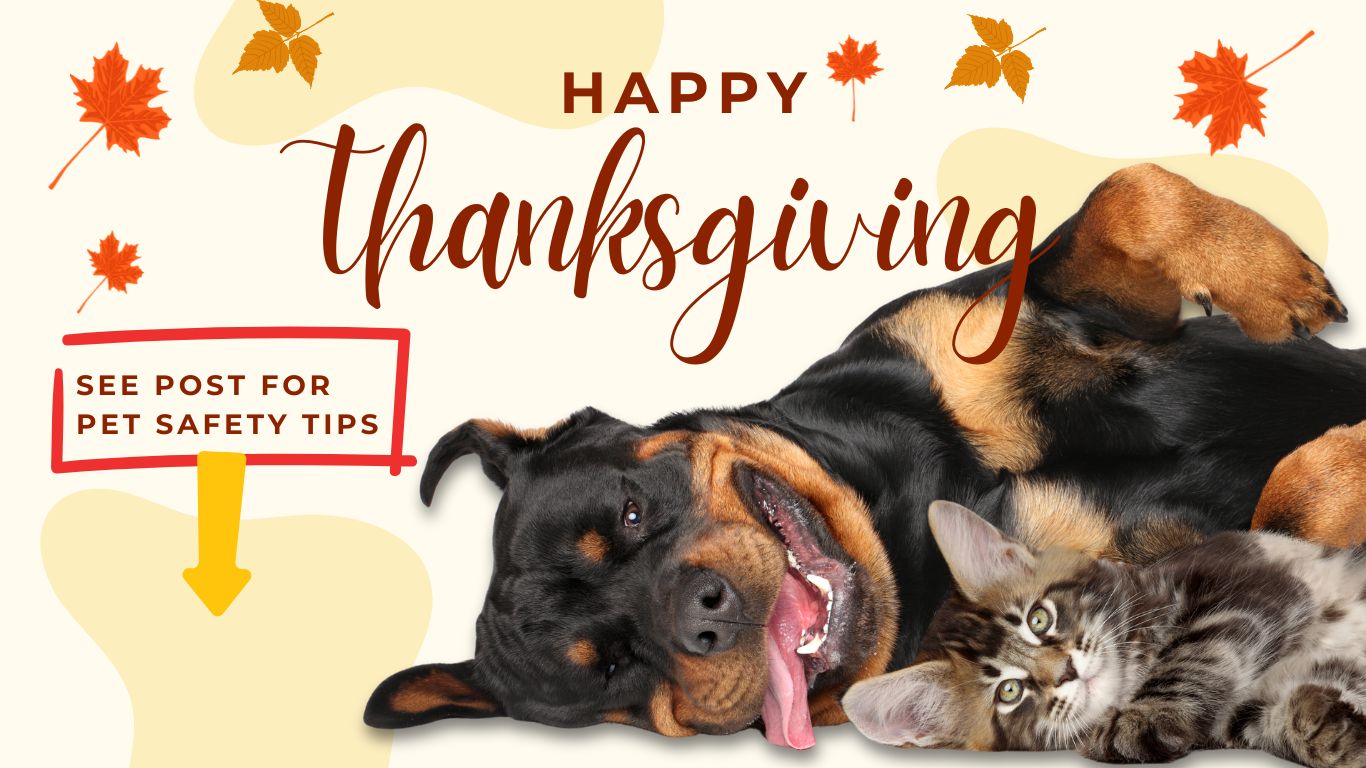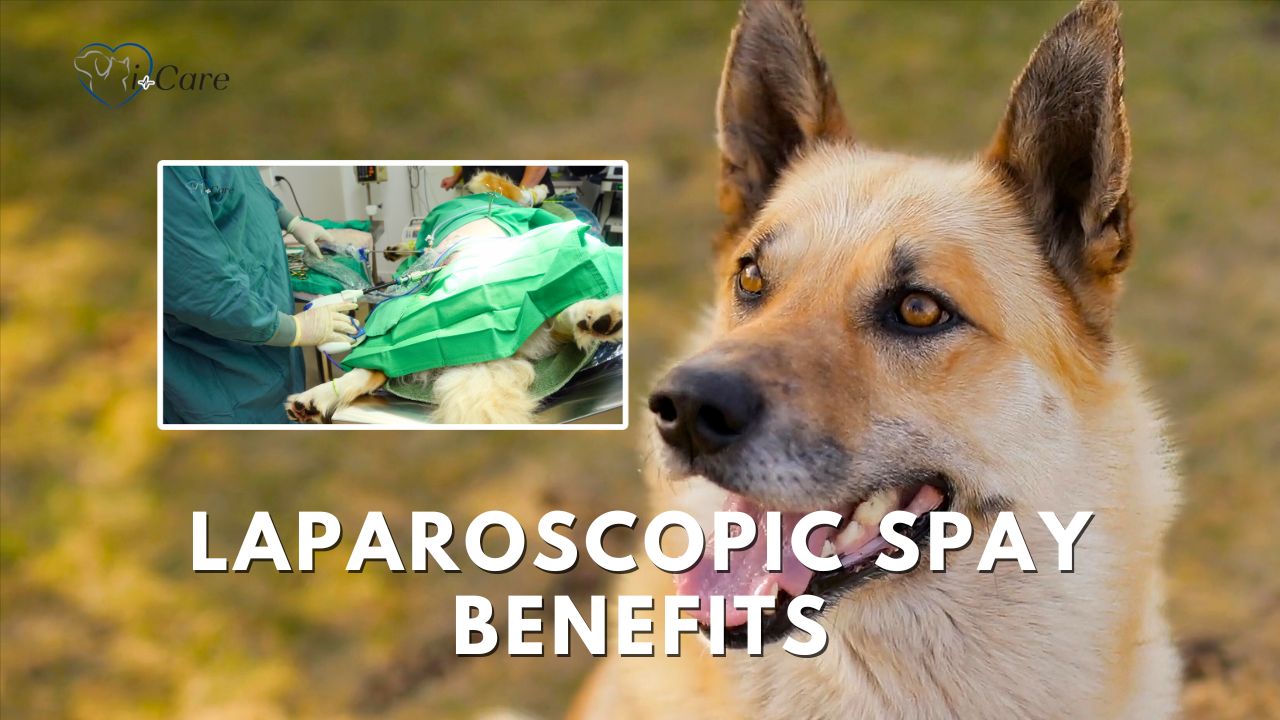20 Nov Understanding Digestive Issues in Dogs: Sadie’s Journey to Recovery
When our furry friends show signs of discomfort, it can be worrying and stressful. Recently, Sadie, a sweet senior dog, visited us at i-Care Veterinary Hospital in Coombs, BC, with symptoms her owner had noticed, including blood during a bowel movement and vomiting. Dr. Shaelyn Vallotton led Sadie’s care, highlighting the importance of early diagnostics and careful veterinary attention. Let’s walk through Sadie’s story to learn more about managing digestive issues in dogs. https://youtu.be/Mon76dQOsdU Spotting the Signs: Sadie’s Symptoms Sadie’s owner brought her in after noticing: Blood in her stool: This can be alarming and may indicate anything from minor irritation to more serious issues like infection or inflammation. Vomiting: Sadie had vomited bile recently, which can point to gastrointestinal upset or other internal issues. Lack of appetite: A dog skipping meals can be a red flag, especially for senior pets. Though Sadie appeared hunched at the clinic, her owner clarified this was due to her being nervous, not a usual behaviour at home. This detail helped Dr. Vallotton better assess her condition. The Importance of Diagnostics To understand what was causing Sadie’s symptoms, Dr. Vallotton started with a physical examination. She carefully checked Sadie for pain, abnormalities, and any signs of distress. While Sadie’s hunched posture was likely anxiety-related, the team remained thorough in their assessment. Blood tests were performed to evaluate Sadie’s organ function, check for inflammation, and rule out systemic issues like infections or metabolic disorders. Given the reported blood during bowel movements, Dr. Vallotton also conducted a rectal exam to check for abnormalities such as inflammation, infection, or growths. If Sadie’s symptoms persist, abdominal X-rays would be the next step to rule out blockages, foreign objects, or other internal concerns. How We Helped Sadie Feel Better While waiting for her test results, Dr. Vallotton focused on relieving Sadie’s symptoms. Medication was prescribed to manage nausea and any gastrointestinal irritation. Sadie’s owner was sent home with clear instructions and advice on monitoring her condition, including watching for any changes in behaviour, appetite, or symptoms. When to See a Vet for Digestive Issues Digestive issues like Sadie’s can have many causes, from minor irritation to more serious conditions like pancreatitis or infections. If your dog shows any of the following signs, it’s time to see a vet: Vomiting or diarrhea that lasts more than 24 hours Blood in stool or vomit Loss of appetite for more than a day A hunched posture or signs of abdominal discomfort Lethargy or unusual behaviour Caring for...

